May 2018
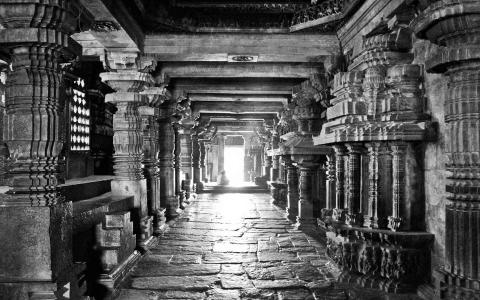
My Thread Ceremony
Sri Venkatarama Bhatta urged my grandfather and my younger grandfather to perform my Thread Ceremony as early as possible.
It seems he had confided thus to my grandfather: “Chechanna, my elders taught me a few letters of the Vedas. I wanted to teach it to those born in my own lineage. But this desire wasn’t heard by God [The male children he had had, died very early. His most recent son was younger than me]. If you perform...
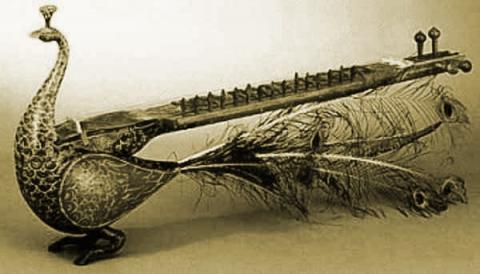
Tyāgarāja's Darini telusukonti is my favorite kṛti in the rāga Śuddhasāveri. Many others have also composed songs in this rāga. In fact, there are several other compositions of Tyāgarāja in Śuddhasāveri but Darini telusukonti stands apart by its brilliance. The possibilities for elaboration of saṅgatis in this kṛti are tremendous. (Saṅgatis are the melodic variations of a lyrical phrase in a kṛti.) According to me, the calibre of a composer lies...
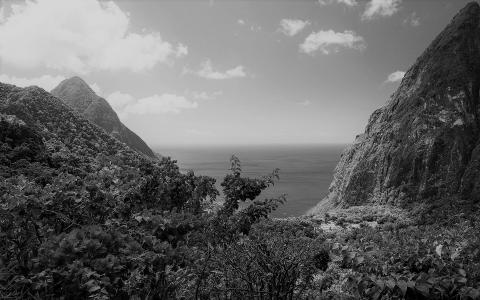
ರಸವಿಘ್ನಗಳು
ಅಭಿನವಗುಪ್ತನು ಅದೆಷ್ಟೋ ಮೌಲಿಕಸಂಗತಿಗಳನ್ನು ಇದಂ ಪ್ರಥಮವೆಂಬಂತೆ ಅಭಿನವಭಾರತಿಯಲ್ಲಿ ಕ್ರೋಡೀಕರಿಸಿದ್ದಾನೆ. ಹಲವು ಕಡೆ ಇಂಥ ಹೊಸಹೊಳಹುಗಳು ಯಾವೆಲ್ಲ ಪೂರ್ವಾಚಾರ್ಯರಿಂದ ಪರಂಪರಾಪ್ರಾಪ್ತವಾಗಿವೆಯೆಂಬುದನ್ನು ಹೆಸರಿಸುವುದುಂಟಾದರೂ ಮತ್ತೆ ಹಲವು ಕಡೆ ಇಂಥ ಆನೃಣ್ಯದ ಸೂಚನೆ ಕಾಣದು. ಇವನ್ನೆಲ್ಲ ನಾವು ಬಲುಮಟ್ಟಿಗೆ ಅವನದೇ ಉಪಜ್ಞೆಯೆಂದು ತಿಳಿಯುವುದರಲ್ಲಿ ತಪ್ಪಿಲ್ಲ. ದಿಟವೇ, ಆತನ ನಾಟ್ಯಶಾಸ್ತ್ರಾಚಾರ್ಯ ಭಟ್ಟತೌತನ ಯೋಗದಾನವೂ ಪ್ರತ್ಯಕ್ಷ-ಪರೋಕ್ಷರೀತಿಗಳಲ್ಲಿ ಅನೇಕತ್ರ ಆವರಿಸಿಕೊಂಡಿದೆ. ಆದರೆ ಯಾವುದಕ್ಕೂ ಅಭಿನವಗುಪ್ತನಲ್ಲಿ ಕೃತಘ್ನತೆಯನ್ನ...
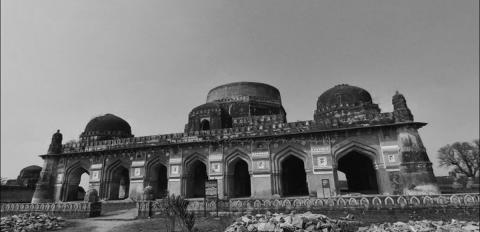
In the later part of the Gupta Era, we see the rise of Sthaneshwar, which is on the banks of the Ganga. It lies between Ambala and Delhi, near Kurukshetra. A great king who came from there was Harshavardhana. Like the Guptas, he too came from a family of vaiśyas. Harshavardhana’s father was Prabhakaravardhana and his brother was Rajyavardhana. Even when they were in quite a formidable position, their kingdom had threats; they faced pressure from...
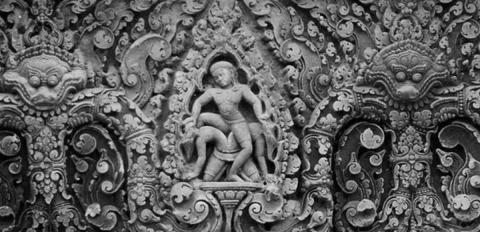
SABHĀ-PARVA
Maya was a sculptor of the rākṣasas. He was one of the few who remained alive without getting charred to death when the Khāṇḍava forest burned; out of his gratitude towards Arjuna for letting him live, he built a palatial sabhā as per the latter’s request. Maya gave Bhīma a mahāgadā (great mace) and Arjuna a conch named Devadatta.
Dharmarāja, who started ruling from Indraprastha, adhered to dharma and was quite courageous; he carried...
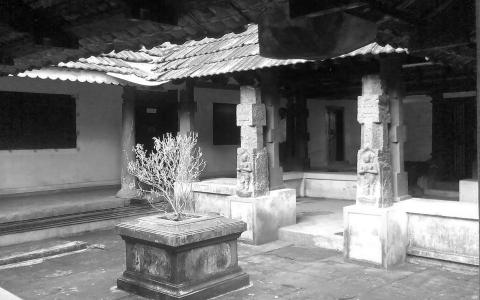
Sri Shivashankara Sastri
On occasion, Sri Shivashankara Sastri and Pocambhatlu Narasimha Sastri would visit our home to perform Homams and other rituals. I must have seen Sri Shivashankara Sastri at least a hundred times. There was not a single time when I have not seen him wearing tattered clothes. But he was completely unaware that his clothes were tattered. He never stitched his ragged clothes. He would simply knot the torn edges. His body...
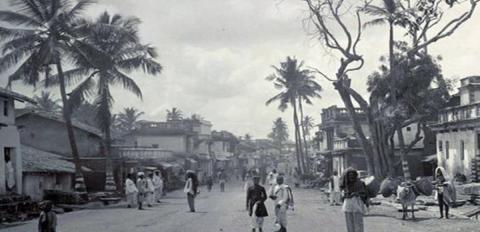
M Venkatakrishnaiah, M S Puttanna, C Subbarao, and other language enthusiasts in Mysore decided to publish a monthly magazine called Hitabodhini. They decided it would have topics and discussions useful to the general readers that would encompass literature, science, history, and social welfare. After having finalized the size and the design, they decided to print a poem on the cover page that would convey their purpose. How to obtain such a...
ಅಭಿನವಗುಪ್ತನು ಮತ್ತೊಂದು ಕಡೆಯೂ (ಸಂ.೧, ಪು.೨೮೦) ರಸ ಮತ್ತು ಪುರುಷಾರ್ಥಗಳ ಸಂಬಂಧವನ್ನು ಚರ್ಚಿಸುತ್ತಾನೆ. ಅವನ ಪ್ರಕಾರ ರತಿಭಾವದಿಂದ ಉದ್ಭವಿಸುವ ಶೃಂಗಾರರಸವು ಕಾಮವೆಂಬ ಪುರುಷಾರ್ಥಕ್ಕೆ ಸಂವಾದಿ. ಅಂತೆಯೇ ಕ್ರೋಧಭಾವದಿಂದ ಹೊಮ್ಮುವ ರೌದ್ರರಸವು ಅರ್ಥಕ್ಕೆ ಸಂವಾದಿ. ಇದೇ ರೀತಿ ಧರ್ಮಕ್ಕೆ ಉತ್ಸಾಹಮೂಲದ ವೀರರಸವು ಸಂವಾದಿ. ಮೋಕ್ಷಕ್ಕಂತೂ ತತ್ತ್ವಜ್ಞಾನದಿಂದ ಹೊಮ್ಮುವ ನಿರ್ವೇದವೆಂಬ ಭಾವಮೂಲವಾದ ಶಾಂತರಸವೇ ಸಂವಾದಿ. “ದಶರೂಪಕಾಧ್ಯಾಯ”ದಲ್ಲಿಯೂ ಒಂದು ಕಡೆ ನಾಟಕ ಮತ್ತು ಪ್ರಕರಣಗಳ ಪುರುಷಾರ್ಥಪಾರಮ್ಯವನ್ನು ಚರ್ಚಿಸುತ್ತ ವಿವಿಧರಸಗಳಿಗೆ ಪುರುಷಾರ್ಥಗಳು ಹೇ...
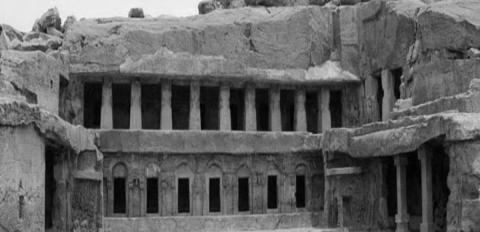
In this discourse about the tradition of kṣātra in India, at every step, the storyline goes up and down, backwards and forward. It is my desire that all the important aspects must be covered in an informal yet succinct and rigorous manner. Consequently as we have observed so far, there have been several lineages of kings. Here I refer only to the great milestones of our history and tradition of kṣātra. So much more has to be said, going further...
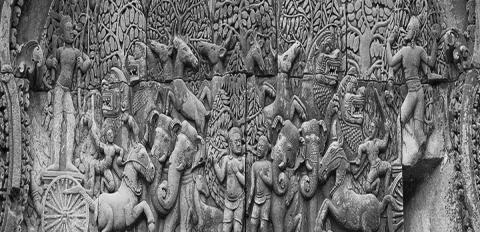
In the north, Arjuna went to Gaṅgādvāra, the Agastyavaṭa in the Himalayan region, Vasiṣṭha mountain, Hiraṇyabindu, and other pilgrimage centres; in the east, he went to the Naimisāraṇya, River Kauśikī, Gayā, Gaṅgā, Mahendra mountain, Maṇalūra, and other places; in the south, he went to the Pañca-tīrtha[1] and other places; in the west, he visited several famous pilgrimage centres and finally came to Prabhāsapura. In all those sacred places, he...
